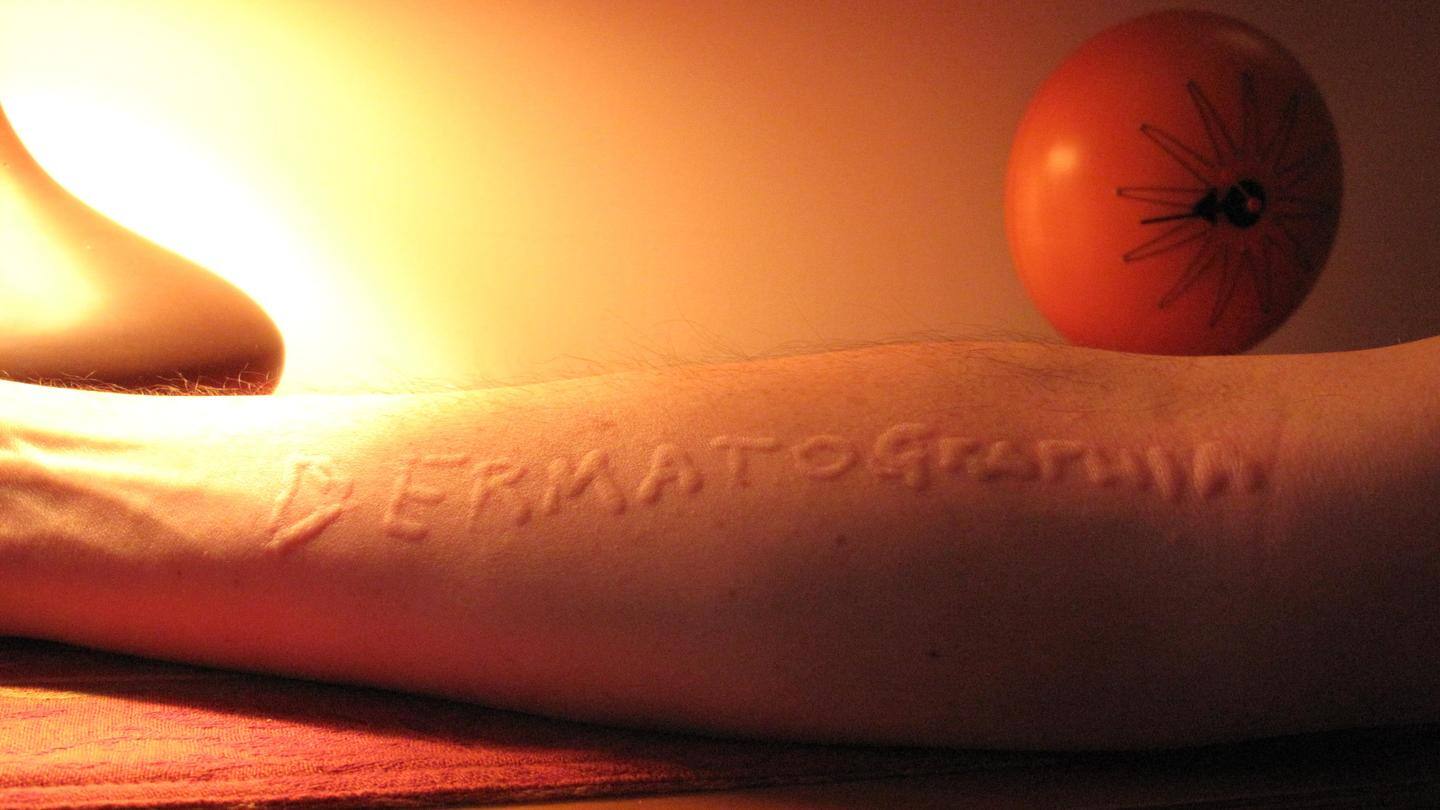
What is dermatographia and how to prevent it
What's the story
Dermatographia is a skin condition that is also known as skin writing. When people with dermatographia scratch their skin, the scratched area turns red and becomes swollen along the line of the scratches. This condition is also known as dermographism or dermatographic urticaria. However, these marks disappear within 30 minutes. Approximately five percent of people on earth have this condition.
Context
Here is what our expert says
Dermatographia can be broken down into "derm'' which means skin and "graph" which is to draw. It is a condition in which a scratch on the skin causes a temporary allergic reaction called "wheal" which appears like a raised, sometimes red skin lesion. These "wheals" follow the shape of the scratch on the skin and are due to localized histamine release.
Symptoms
What causes the redness?
The exact cause of dermatographism is still not clear. It is believed that the welts or whealing happen because of the release of histamine, a chemical that gets produced in the body when it suspects an invading allergen. The histamine causes swelling, which is an overreaction since there is no allergen. Warm water from hot showers, baths, and saunas can aggravate symptoms.
Triggering factor
Expert speaks
Dr. Sonali Chaudhary, an Integrative and cosmetic dermatologist says, "Whealing can happen within 5-10 minutes and persist for about 20-30 minutes. In delayed cases, it develops slowly and lasts for hours. "The triggering factor is different for all; can be a food item, temperature, stress, fabric, emotion, or exercise. "It can happen on any body part. However, the scalp or genitals are rarely involved."
The target
Who is susceptible to it?
Dermatographia can affect anyone but only about 2-5% of the world population has this condition. You may have dermatographia if you're a teenager or in your 20s. You are more likely to have the condition if you have dry skin or dermatitis. You may also be more likely to have dermatographia if someone else in your family has it.
Prevention
Is there any treatment?
"It is not life-threatening. There is no specific treatment apart from staying away from the triggering agent," says Dr. Chaudhary. However, she recommends some precautions. Precautions to take: 1. Address the trigger and avoid it. 2. Keep the skin well moisturized and hydrated. 3. Avoid scratching it further. 4. Take anti-allergic only after consulting your doctor. (there are associated side effects of anti-allergic).